Have you found your perfect artist signature for your paintings?
At the start, I struggled with how to sign my paintings. Such a simple thing, yet I just could not get my head around it.
With some practice though I settled on a signature (and by practice I mean hundreds of signatures on an old canvas).
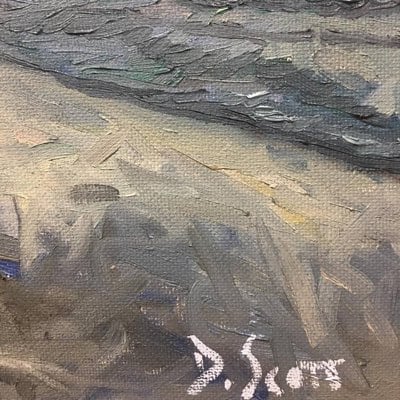
You can see my signature above. It is a pretty standard D.Scott. I added the full stop to make it slightly unique from the many other artists with a similar signature.
As you can imagine, Dan Scott is not a very rare name.
I assume I am not the only one who has struggled to find the perfect artist signature for my paintings, so here are some tips which have helped me along the way:
- Use your signature to help balance your painting. If your focal point is on the right of your painting, then signing on the left-hand side may be more appropriate so that your painting does not appear unbalanced.
- Keep it simple, yet memorable.
- If you have a long name, then you may want to consider using an abbreviated version, such as the initial of your first name plus your last name (i.e. D Scott for me), just your last name (Scott), or simply your initials (DS).
- Ask yourself if your signature is identifiable and unique, especially if you have a common name. If not, then think about any way you can differentiate your signature.
- I would suggest signing with a color that fits in with the rest of your painting. I usually just take one of the dominant colors I used in the painting and then tone it down so it is not too dominant.
- You want people to be able to read your signature but at the same time, you do not want it to be the focal point of your painting.
- Practice your signature before signing your paintings. Just grab an old canvas and practice your signature on it over and over again.
- If oil painting, use some oil medium to add some fluidity to the paint which will help you sign. Acrylic painters only need to mix the paint with some water for fluidity.
- Invest in some fine liner brushes.
- Match the style of your signature to the style of your painting. If you are a realist painter, then a bold, impressionist signature may look odd.
- Be consistent with your signature.
- You may want to date your painting. Claude Monet put the year of the painting next to his signature.
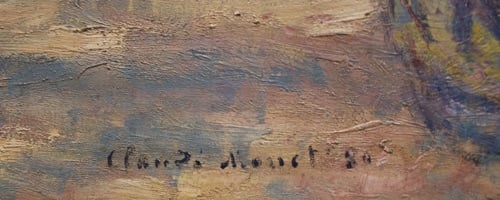
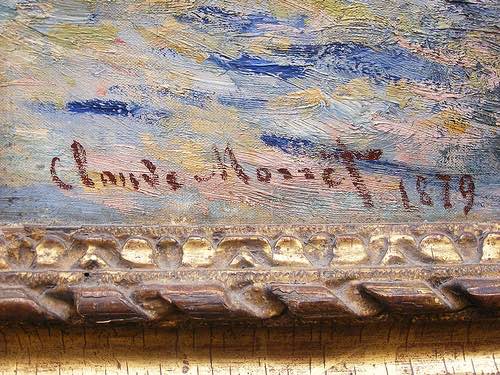
Here are some more signatures of famous artists:
Rembrandt Signature
Rembrandt had a very classical signature and often included the year of creation.

Vincent van Gogh Signature
Vincent van Gogh had a bold signature and often placed it in unusual areas on his paintings.
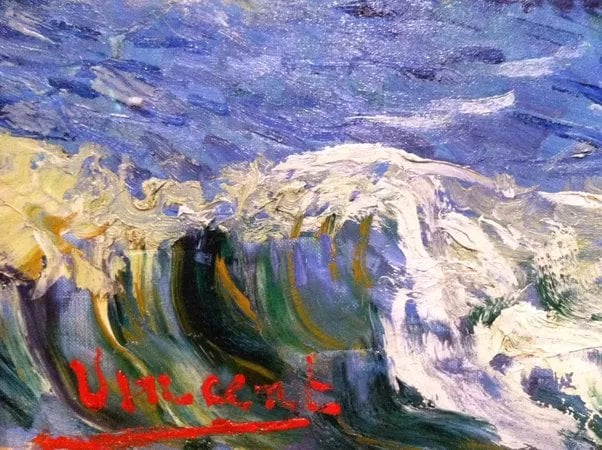
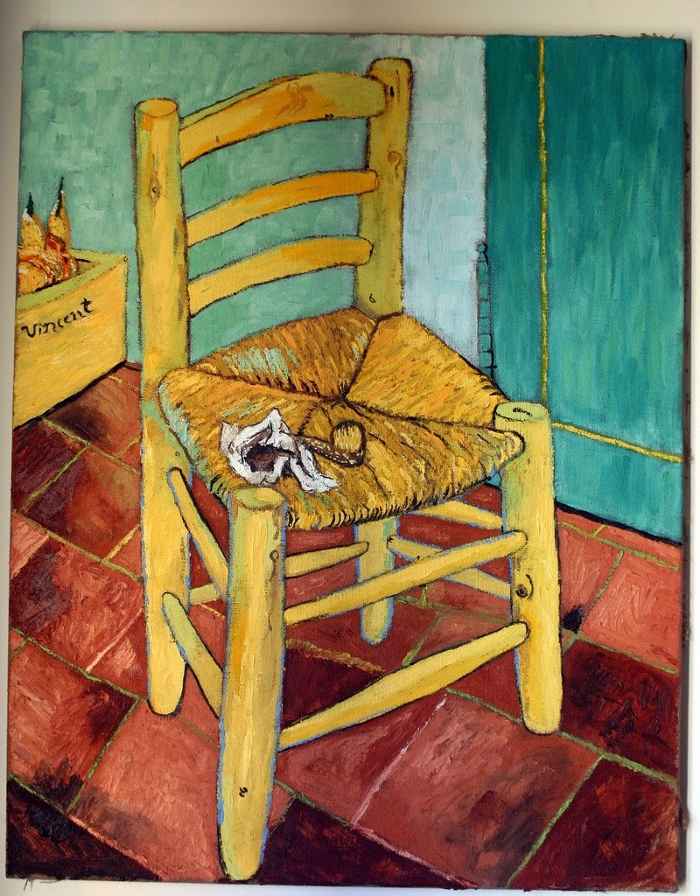
Want to Learn More?
You might be interested in my Painting Academy course. I’ll walk you through the time-tested fundamentals of painting. It’s perfect for absolute beginner to intermediate painters.
Thanks for Reading!
I appreciate you taking the time to read this post and I hope you found it helpful. Feel free to share it with friends.
Happy painting!
Dan Scott

Draw Paint Academy

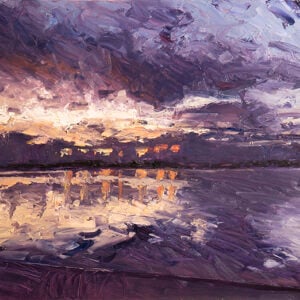
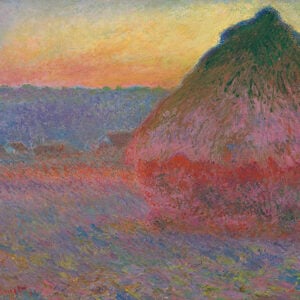

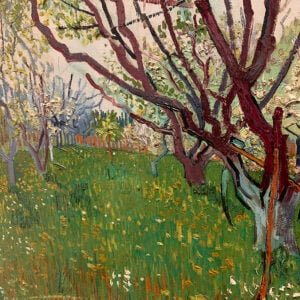

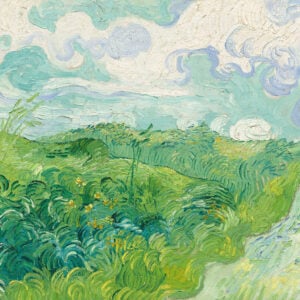
I had always signed my artwork as you do, initial of my first name and yes then a full stop then my surname, of course my surname was my maiden name til I stupidly got married naturally my surname changed plus I hardly did any art work for the years I was married so I had no artwork with that name, now that I m into my art again I now use my first name then I use whatever medium and put my finger print on my artwork, I also put my signature in the picture where ever I want as I find it too common signing it down the bottom of my work and now put the year or date on it.
I like the fingerprint idea.
How do you paint water drops?
That would depend on the perspective. Are you trying to paint a rainy day? Or are you trying to paint a close up of water drops?
I started painting ceramics for years and learned most of the basics i.e. how to hold the brush for different strokes, the right consistency of the paint, double loading, making the color you want, etc. I’ve taken that knowledge and started painting canvases using acrylic paint. For each painting, or even a ceramic piece, I spelled out my name, which could be, a painting unto its self, since it’s so long. I always included the year that I painted it. It’s really interesting to see where you started and where you are now!
I have a long name (first & last) so I opted to use my first initial “C” & my last name Hubbard. I extended the bottom of the “C” & put Hubbard on the extension. I use to use just initials “TH” (Tina Hubbard) but found my new signature better and people have commented that it’s a definite improvement.
Glad to hear Tina 🙂
I painted my signature on a scrap and keep it tucked into the window frame. When the painting says it’s complete, I move my signature around the painting to sign in the perfect place for that painting.
I have a pretty uncommon first name, so that’s what I sign on my paintings
I use my initials to sign my name. The points given above, that I read just now, makes me give thought to possibly changing that as I feel rather boxed in with my short signature.
Hi Elizabeth. One thing to think about if you have already established a signature but want to change is if it would be confusing to your viewers. If you are relatively new in your art career though it should not be an issue.
Dan
It’s nice to know that I am not the only artist struggling with how to sign my work. My last name is common, too common. And I like my first and middle name. My middle name is the same as a famous local artist (no relation), so I am always asked if I am related to that artist. Sigh…….It’s pretty complicated. So I use all three names fairly small in a corner. I love the idea of placing your name somewhere in the work. It adds a bit of whimsy, and I know it makes the viewer smile. I will consider that.
I too have VERY common first and last names. I’ve always signed both very clearly… then I heard not to make your signature a billboard.
Then an artist told me that men’s paintings sell more than women’s so don’t use a female first name use just an initial.
I have often hidden my name within the painting… I don’t like to date my paintings because several I’ve enjoyed for years I now would like to sell.
my maiden name Revell is more distinctive.
I really like that idea, Loretta!
Hi.i started painting a few years ago. When i was injured as a peace officer and was out of work. With no lessons per say except for a few books by bob ross that i purchased. When people saw my work they liked it enough to buy. Some. Much to my surprise. I sold quite a few since. Im at the point where i want to get past just landscape. . my biggest issue or struggle is with angles. I want to add to my lanscaping buildings and pursue other areas . any suggestions or tips to help me with the angle problem. And depth .
Thanks.
Hi Brian
Thanks for joining me. It sounds like you are struggling with perspective. Landscape painting is generally pretty forgiving in terms of perspective, so it can be a struggle when you try to incorporate architecture and more geometric elements. I write a bit about one-point-perspective in this post.
It will get easier with practice!
Regards
Dan
Dear Dan,
I am a 70plus young Ex- Corporate executive.
As a child, I used to do doodles. and paint. Then started making sketches etc.
As a Hobby, made portraits once a while. Later got sucked into professional career.
Now I have restarted my Oil Painting and portraits since last year. I have so far done about 8/10 and now am getting more interested. Have started reading your posts with lot of interest. Your tips, i have found very practical.
Thanks for the same. Highly appreciated.
Pl. advise, if I attach photographs, will you be able to guide me.
Shall appreciate specific practical tip, if any.
Thanks, Warm personal Regards,
Vijay
Hi Vijay
No problem, feel free to email me if you are subscribed to the email list.
Cheers!
Dan
To be honest, I have never liked my name and it has always felt like an uncomfortable piece of clothing. I tried signing my paintings many different ways that never felt quite right. Finally I settled on the pseudonym “Peaceonearth”. It might seem silly to some, but it resonates with my soul and now feels like my final stamp of approval.
I am loving your posts Dan, and taking advantage of many great tips from your emails even though I have been painting since 1963 and drawing since 1952 !
One thing I have learned from many art professors, is that to appear professional, one should endeavor to sign in either the lower left OR the lower right corner. This should be addressed when doing the underpainting layout so that the composition allows for this option.
Their other suggestion was to sign with the same colour EVERY time….unless impossible to do so for some reason. I chose French Ultramarine, and have been able to stick with it on all but ONE painting, where the foreground water was also of that colour. I use my first and middle innitials in small letters, and a large first letter of my last name followed by small letters for the balance.
Thanks for the very kind words and for sharing that information. Interesting read!
Cheers
Dan
Hi Dan, I use a rubber pointed tool, as I find it very difficult to do my signature with paint. Is this bad? What are your thoughts? Thank you, Kellie
Hi Kellie. Sorry for my delay. I see no issue with this. Whatever gets the job done!
Dan
I also find it difficult to use a brush to sign my name. What rubber tool do you use.
Hi Maree
I only use a small brush. You could use a palette knife to scrape your signature into the wet paint?
Dan
Hi all,
I too struggle with how to sign my name. I have a pretty long name and also find it very difficult to sign my name (that doesn’t look at crap) using a brush and paint. I have practiced a lot on an old canvas as suggested. One way that I think I’m happy with is to make a “monogram” using my initials “CW” where I extend the bottom of the “C”, which crosses over the top of the “W”, which is below and at a 45 degree angle. Then I write the last two digits of the year (’19) next to that. Kinda hard to describe in writing, but I hope you get the picture. I also using whatever the dominant color that was used in the painting so that it matches and doesn’t stand out too much. I think that should be ok as I also sign my full name and write the full date on the back.
Hi Dan,
Just getting into painting (acrylics) and currently my subjects are the American Flag and our Bald Eagle.
Most of my flag paintings show a lot of shadows and shading therefore I can easily sign my work without it jumping off the canvas and not something that pops out without looking for it – I don’t want it to be a part of the painting, but I know the importance of signing each piece.
My problem is on one particular painting … it’s almost a solid brownish black background with my Eagle in the center and of course most of the eagles head is covered with white feathers. I’ve added white words to the top portion and it stands out great … but my problem is signing it! If I use white in either corner it will stand out like a sore thumb! I don’t want it to be part of the painting … not sure what to do …
Good reading material here! After a long dry spell, doing some parttime work in retirement, I feel inspired to paint again! Think after this reading I actually like my signature..just need to practice on old canvas my signature…then start painting!!
cool, looking to brand my work and was wondering about using a signature that is black vs white. Some of my work is dark where a signture might usually go.
cool, looking to brand my work and was wondering about using a signature that is black vs white. Some of my work is dark where a signature might usually go.
My difficulty with signing my name is that I am a lefty. Not smearing when writing is hard enough, and painting my name is really awful. Do I need to master painting backwards like da Vinci, or do you recommend using paint pen and printing the letters from right to left. (I’ve already learned that my flying bird shapes need to be painted from right to left.)